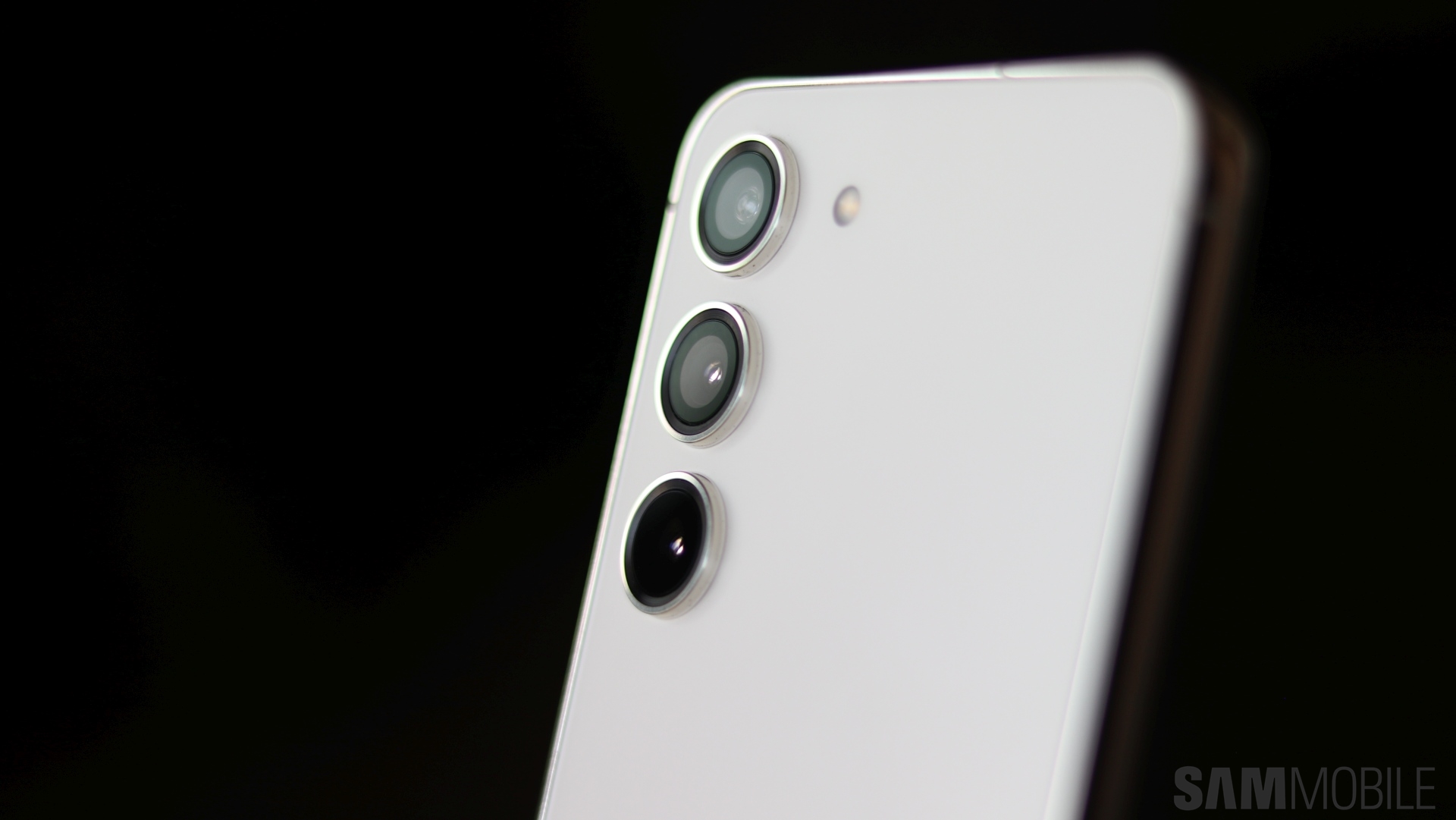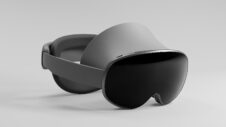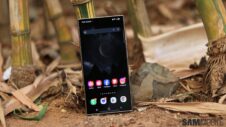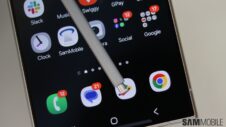It's no secret that iPhone owners tend to look down on Android users, regardless of the brand. Anybody who's been ribbed for their blue bubbles in iMessage knows all too well how iPhone owners make fun of their chat bubbles. It's the stuff of countless memes on social media as well, particularly in North America, where this tends to get a lot of traction.
Beyond the hubris of iPhone owners lies an incontrovertible fact, that as far as premium positioning goes, Samsung and other Android brands are losing ground to Apple. The Cupertino, California-based company has done an incredible job of positioning itself the best premium smartphone marker.
A lot of it has to do with how Apple has marketed its flagship device. The average user who probably doesn't understand half the things on the spec sheet isn't willing to pay a price premium for the iPhone just because it has the best tech. You'd often find superior tech on Android smartphones from Samsung and others. They're willing to pay a price premium because it's an iPhone.
It's like buying a more expensive Rolex even though you could get an objectively better Omega at a lower price. Both are Swiss watches, both are built to the highest standards of Swiss watchmaking, and yet one is perceived to be a lot more premium. If you've got money and you want to flash it, you know that there's a greater chance of someone recognizing a Rolex on your wrist than an Omega. For me, I'd rather buy a De Ville than a Datejust.
When purchase decisions start being driven by what other people will think about what you're using, that's when things start getting tricky. Gen Z Android users are literally being bullied for not having iPhones. Young people present the biggest opportunity for smartphone companies today. Getting them into the ecosystem early ensures that as they become older and their purchasing power increases, they'll continue to remain within the ecosystem and purchase more expensive products.
Young people want phones now. We may have grown up in an era where mobile phones looked like solid bricks and the internet was something that you connected to over a phone line, but theirs is an internet generation, one that's grown up with the convenience of always-on connectivity. They're also the social media generation which heavily influences what they use and how they want to be perceived by their peers.
They're voting with their wallets for the iPhone, at least in North America, where they feel that Android isn't cool enough or has as much cache as an iPhone. They want to show off and having an Android when everyone else has an iPhone is one challenge they'd rather not have to overcome.
What's remarkable is that Apple has attained this perception despite being rather lazy with its smartphone design in recent years. The iPhone's design has hardly changed over the past few years and even some of its most loyal customers make fun of the iPhone for that. Yet, that's not enough of a reason for them to consider switching, because the alternatives on Android aren't considered premium enough.
It's also to Apple's credit that it has worked hard to perfect its ecosystem over the years. Samsung has had a late start but it's now well on its way to develop a robust ecosystem. The same can't be said for other Android manufacturers as they're far from providing customers with an ecosystem that can rival Apple's. The consistency also trickles down to Apple's accessories which don't really get any major design changes while Android manufacturers keep trying out one wacky idea after another.
Thus the perception that's gradually taken hold in the market is that Apple has that air of quiet luxury about it. It's the true premium brand while others are trying everything under the sun and hoping that something sticks. Apple's less is more approach coupled with its brilliant marketing efforts have solidified the position the company wants to establish for itself.
Samsung has been taking a different approach to try and challenge Apple's dominance here with its foldable phones. That has been working to some extent, as foldables are truly unique and premium in their own right, offering an elevated experience that can entice even iPhone users. However, foldable phones account for just over 1% of global smartphone shipments. It's going to be a while before foldables can truly challenge the iPhone's dominance, and that's assuming Apple doesn't come out with a foldable iPhone until then.
There's also the fact that we sometimes tend to see a one step forward, two steps backward approach from Samsung. Some of the decisions it makes fans question its approach. For example, the new quick settings toggles in One UI 6.0 are an acquired taste, some feel that they're downright bad and that the ones in One UI 5.0 were better. These islands with toggles don't look that great and it would have been better if Samsung didn't make this design change.
Ultimately, this may dawn on Samsung itself and we may see another major change being made to this crucial part of the user experience in the next major iteration of One UI. That's not good for consistency as it displays a lack of foresight and understanding. It doesn't reflect nicely on the company and limits its ability to develop as much of a premium aura as it wants.
Fortunately, Samsung is still well positioned compared to many other Android brands when it comes to taking on Apple. It has a robust lineup of foldable phones, its flagship phones often have better specs than iPhones, Samsung's update support is better than most Android manufacturers, and the company's ecosystem is also thriving. It can gradually achieve an outcome where even if owning an Android is looked down upon, an exception can be made if you own a Samsung, particularly a foldable. Samsung could become the first among equals and would no longer be clubbed with other Android manufacturers.







